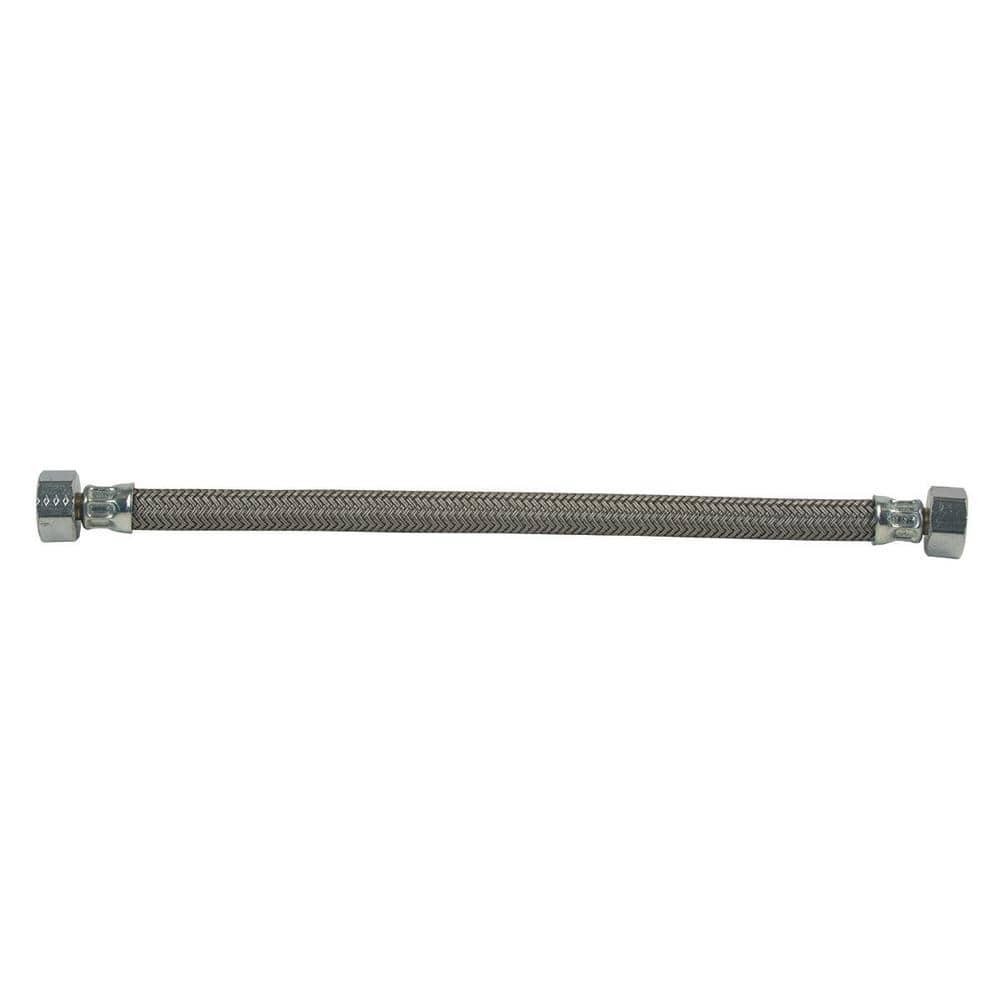Hello all,
I am having a hell of a time finding a brass 90 degree elbow fitting that will fit this heater.
Anybody have an online source? The threads on the unit are theoretically pipe fittings but any standard tapered pipe fitting won’t work. They’ll go on maybe 1-2 threads then that’s it. Not good.
The only thing that seems to fit are 1/2” fittings commonly found in faucets and fixtures where the threads are straight and not tapered like in pipe fittings.
Ive got PVC fittings now but looking to make it more solid...suggestions??
Thanks,
Bruno
I am having a hell of a time finding a brass 90 degree elbow fitting that will fit this heater.
Anybody have an online source? The threads on the unit are theoretically pipe fittings but any standard tapered pipe fitting won’t work. They’ll go on maybe 1-2 threads then that’s it. Not good.
The only thing that seems to fit are 1/2” fittings commonly found in faucets and fixtures where the threads are straight and not tapered like in pipe fittings.
Ive got PVC fittings now but looking to make it more solid...suggestions??
Thanks,
Bruno

 vic
vic

